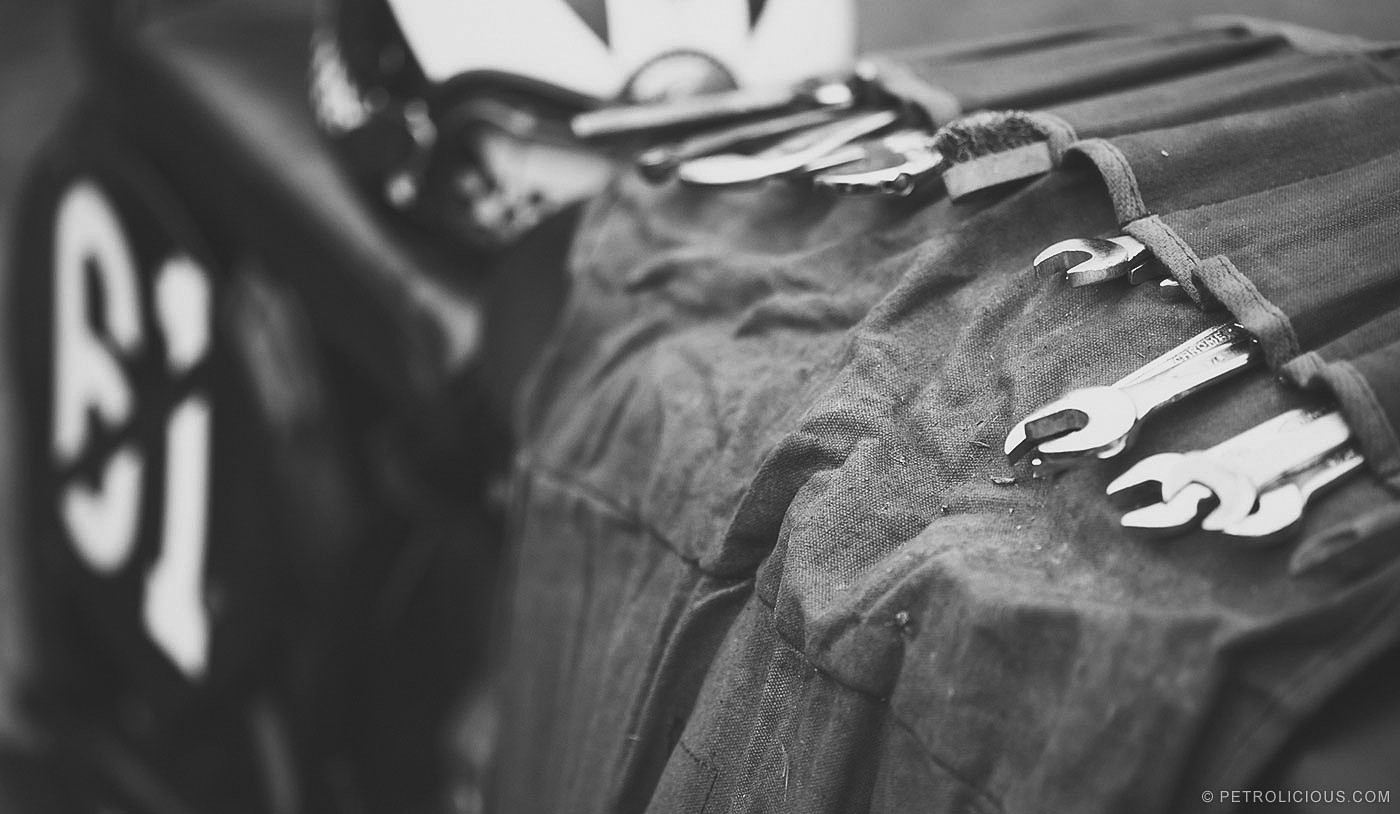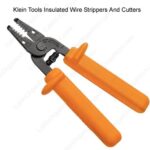“Beautiful car. Where are you from?” The gas station attendant’s question broke the reverie as I stepped out of my vintage Porsche. Oregon, with its full-serve stations, meant I’d have to point out the fuel filler’s location. “LA,” I responded. “That’s a long way in an old car! Aren’t you worried about breaking down?” “Not really,” I replied, hoping karma wouldn’t immediately prove me wrong.
The truth is, I had meticulously considered potential issues for this road trip. My classic car wasn’t just a whim; it was a planned adventure, underpinned by a well-prepared tool kit and a selection of spare parts. Like many vintage car enthusiasts, I’m deeply involved in the upkeep of my vehicles, giving me a solid understanding of potential weak points.
We all admire those pristine, factory-original tool kits, often showcased in reproduction pouches, meticulously assembled from swap meets and eBay finds. They’re fantastic for concours events and car shows, adding to the visual appeal of your classic. But the real joy of owning a vintage car isn’t just displaying it; it’s driving it.
Your classic car probably isn’t your daily commuter or errand runner. It’s for those special occasions: club meets hundreds of miles away, spirited drives on winding roads, or, like my journey, an epic tour along California’s Highway 1 to Oregon. There’s an unmatched pleasure in long journeys in a vintage car. The experience is far more engaging than in a modern car, where you’re insulated from the road with windows up, AC blasting, and everyone absorbed in their devices while speeding down the interstate.
So, leave that showpiece factory tool kit in your garage. Let’s focus on assembling a practical, travel-ready tool kit. It should be functional without adding excessive weight or consuming valuable trunk space. Consider the type of trip you’re planning. Is it a short weekend getaway, or an extended cross-country adventure? The duration and distance will influence the comprehensiveness of your old car tool kit.
Screwdrivers: Yes, it seems obvious, but a couple of robust flathead and Phillips head screwdrivers are indispensable. They are perfect for simple tasks like tightening a loose fuel line hose clamp. A small precision screwdriver set is also a good addition – ideal for adjusting carburetors or even fixing your sunglasses.
1/4-inch Drive Sockets: While it might seem small, a ¼” drive socket set covers many common fasteners you might encounter, such as battery terminals and small hose clamps. They are compact and easy to pack. Be sure to include various extension lengths, a flexible extension for reaching awkward spots like lower hose clamps, and a screwdriver-style handle for added leverage. Consider adding a selection of ¼” drive bits, including Torx, for different types of screws.
3/8-inch Drive Sockets: Include a 3/8″ drive ratchet and sockets tailored to your specific car. Prioritize essential sizes: a spark plug socket, a deep socket for your lug nuts, and a 3/8″ to ¼” adapter. Pack an extension or two as well. Before your trip, check accessibility to the most difficult spark plug to reach. If a universal joint is needed for removal, include one in your kit.
Allen Wrenches: A folding set of Allen wrenches is compact and will address most of your needs for set screws and interior fittings.
Ignition Wire Pliers: These specialized pliers are designed to grip the spark plug boot, not the wire itself, when removing spark plug wires. This prevents damage to the wires by pulling the conductor out of the connector.
Breaker Bar: A 24-inch breaker bar, paired with a socket that fits your lug nuts, will significantly ease tire changes. Plus, a sturdy 24-inch bar can serve as an added measure of security if needed.
Tire Gauge: Another essential for any car, old or new. Consider adding a can of tire inflator like Fix-a-Flat or Slime for minor punctures. A small 12V air compressor can also be a valuable addition for adjusting tire pressure on the go.
Water Pump Pliers: Ten-inch Knipex pliers are a personal favorite – their versatility extends beyond car repairs; they can even be used to clear a blocked shower head in a hotel!
Needle Nose Pliers: Electrician-style needle-nose pliers with a crimping feature are particularly useful for basic electrical repairs. If you already carry a multi-tool like a Leatherman, you might already have this covered.
Pliers and Vice Grips: Or both! A set of Vice-Grips is a valuable addition to any old car tool kit for clamping, holding, or even temporary repairs.
Wrenches: Select a few combination open-end/box-end wrenches in sizes specific to your car. For example, German cars often use odd-sized wrenches and 10mm. For Japanese cars, ensure you have a 12mm wrench. You likely don’t need a full set. Identify specific wrench sizes needed for common adjustments or repairs on your vehicle and include those. To keep wrenches organized, use a simple method: take a 3-inch 1/4-20 bolt, a couple of fender washers, and a wing nut. Stack the box-end wrenches onto the bolt, using a washer at each end, and secure with the wing nut.
Wiring Supplies: Always pack diagonal cutters, a small crimper/stripper tool, a selection of crimp connectors, and a roll of good quality electrical tape. An inexpensive test light with a pointed probe and alligator clip is invaluable for diagnosing electrical issues.
Utility Knife: Folding utility knives are incredibly versatile. Use them for trimming fuel lines, opening packaging, or even fashioning a makeshift funnel from a plastic bottle for adding oil or water, avoiding the need to carry a separate funnel.
Jumper Cables: Even with a new battery, pack jumper cables. They make jump-starting your car easier and offer the opportunity to assist other motorists in need.
Gloves: Include a pair of mechanic’s gloves and a pair of leather work gloves. Throw in a few pairs of disposable nitrile gloves as well for messier jobs.
Tool Bag: Choose a compact and durable tool bag suited to the size and nature of your old car tool kit. Be creative with your choice – an army surplus bag works well, or you might find a stylish vintage bag at a flea market.
While it’s impossible to anticipate every potential roadside repair, this list provides a solid foundation for your travel tool kit for your old car. Remember to include any specialized tools unique to your vehicle. Spare parts are another essential aspect of preparedness, which we will explore in a future article.


